Do you Have an Impact on our Oceans?
November 5, 2021
Among all the environmental issues going on all around the world there is one that affects every single human on this planet. Ocean acidification has been the least of everyone’s worries however ocean acidification is a big issue right now. Ocean acidification is when gases and pollution seep/ runoff into our oceans causing the pH to decrease. Since the industrial revolution the pH of the ocean has decreased from 8.2- 8.1. That may not seem like a lot but pH and acidity are not direct, meaning that each decrease in pH is a ten-fold in acidity. The ocean’s acidity is 25% higher than it was pre-industrial times.
Most people aren’t aware of what ocean acidification is, let alone know how it affects them. Residents of Stevens Point may not understand how ocean acidification affects them because they don’t live near the ocean. According to The United Nations Environment Program ( UNEP), “ Ocean acidification has the potential for altering biodiversity, species composition, tourism, fishing industries and the entire food web.” Ocean acidification disrupts the proper formation of shellfish causing them to prematurely die, leaving other marine life without food and fisherman without fish. Without fish, fishermen are unable to earn a living on the ocean. Countless populations throughout the world depend on seafood as their main source of protein. It could be argued that seafood could still be produced by fish farmers, since it is the fastest growing area of animal food production. Although this is true, fish farming can also be detrimental to the environment. These farms discharge waste pesticides, and other chemicals directly into coastal waters, which leads to an increase in the ocean’s acidity.
Living far from the ocean, our day-to-day activities may seem irrelevant to what’s happening with our oceans. For many individuals driving to work or school is a daily practice, creating carbon emissions they are not aware of . A NBC news reporter stated, “It’s estimated that oceans around the world have absorbed up to 31 percent of carbon dioxide emissions from 1994 to 2007 — equivalent to 34 billion metric tons of carbon .” If students choose school provided transportation rather than self-transportation, carbon emissions would decrease. For example 300 students use self transportation. An average school bus holds 40 students, therefore you would only need 8 school buses compared to 300 cars. Parents of students could argue that self-transportation is vital to their family lifestyle and financial status. If we want to help our oceans we all need to be open to changing our current lifestyles.
Although here in central Wisconsin, we still have a great impact on our oceans. Adopting eco-friendly practices such as carpooling to work or school could have a positive impact on our environment.


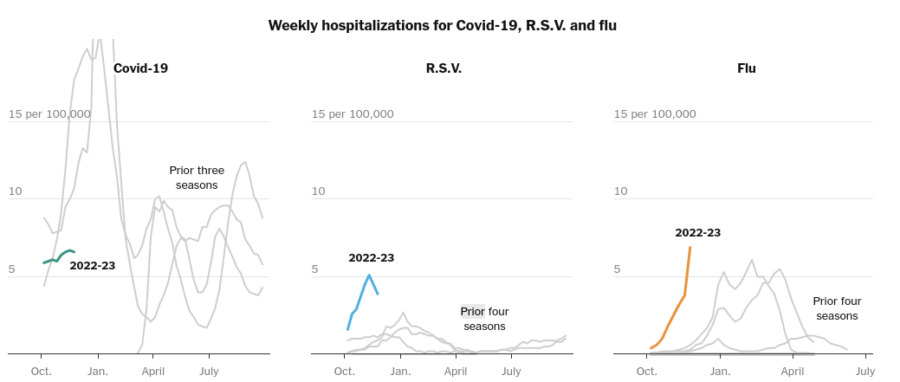



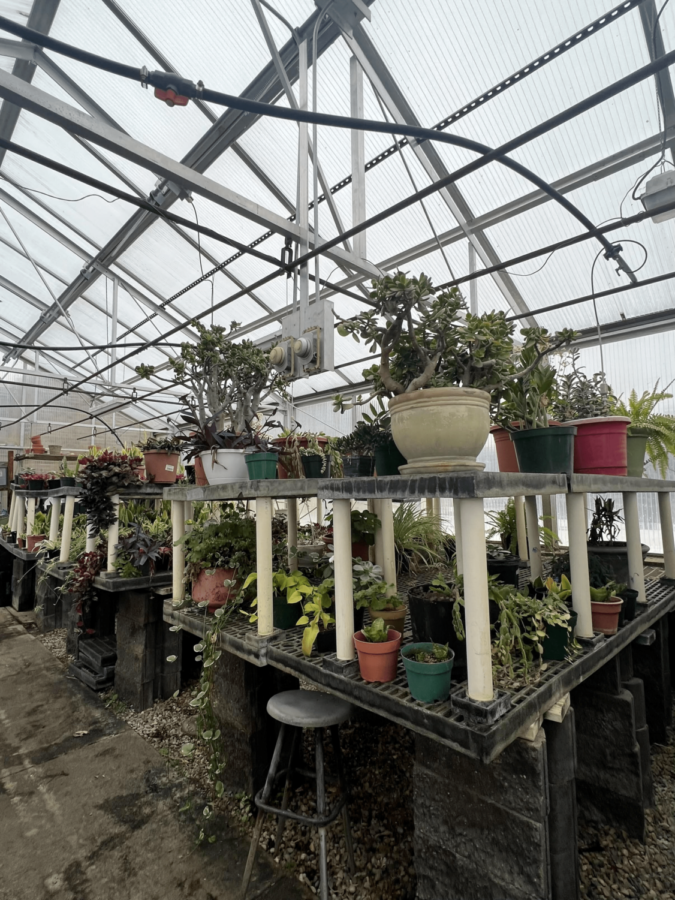



















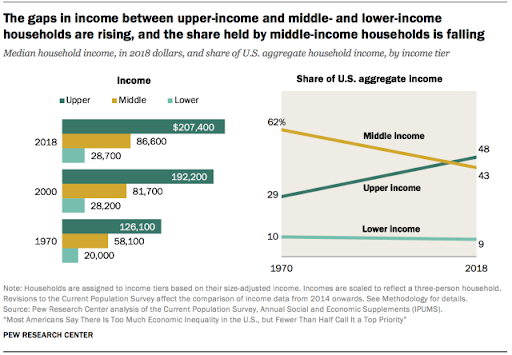





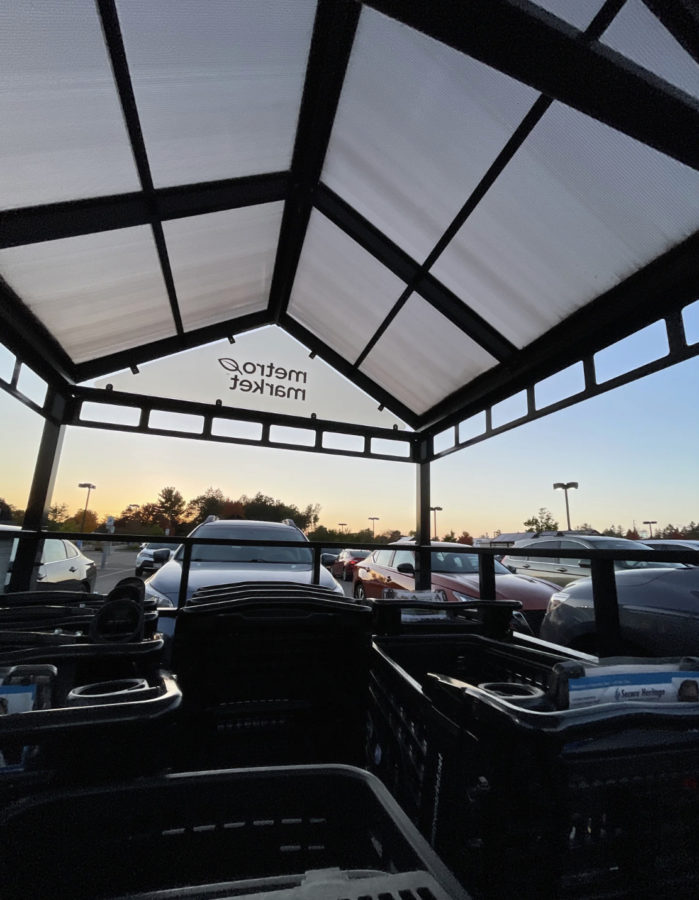


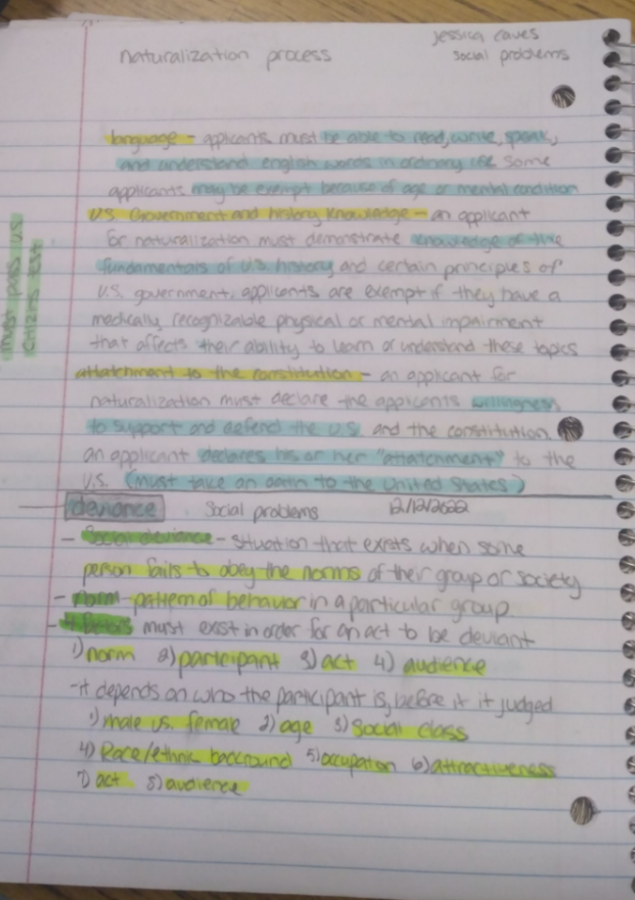























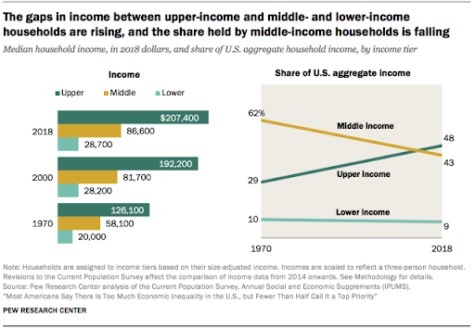



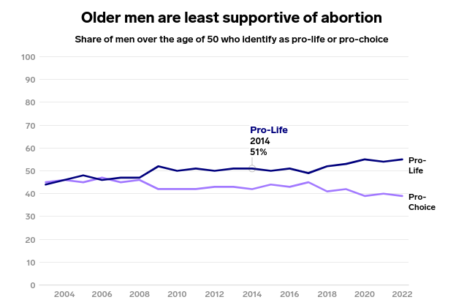
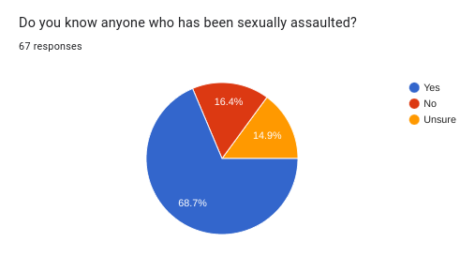
Yue T. • Nov 8, 2021 at 7:42 AM
Starr, With everything facts and the thing your saying is very incredible which has given a view of about the impact of the oceans. Something like these situation could easily has an effect on our Earth System if lazy humans keep littering in the oceans as it could just be a ocean of trash, Though really the ocean is a very important thing In our life.
Jadyn Green • Nov 5, 2021 at 1:36 PM
This was a wonderful article. I myself am very concerned about the state of our planet. Although its hard for students to want to take a bus, since the kids are always obnoxiously loud and you get stuffed into a seat with some greasy stranger, we have to try. Our oceans supply 70% of or xygen and i wish more pople would read this article.
Brody Harlow • Nov 5, 2021 at 12:49 PM
This article did a good job of explaining the topic. This was helpful because I have not done much research on this topic before. I feel like I gained a better understanding of what is happening in our oceans.
Areil • Nov 5, 2021 at 12:17 PM
I like all the statics that helped with understanding everything.